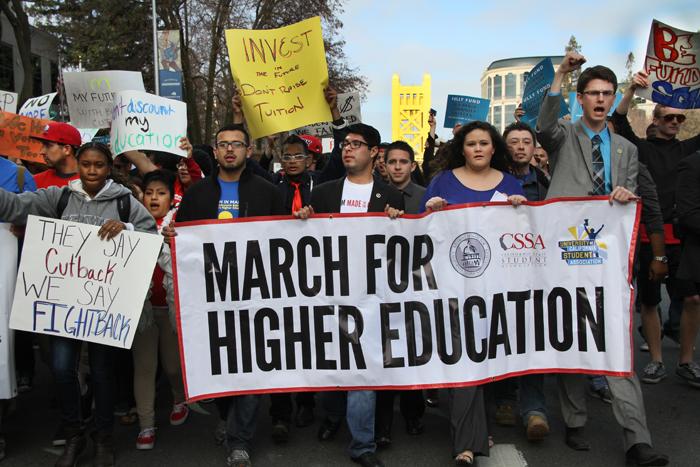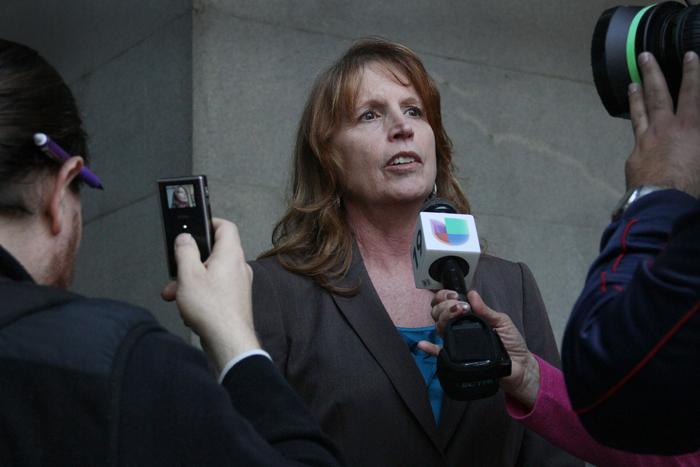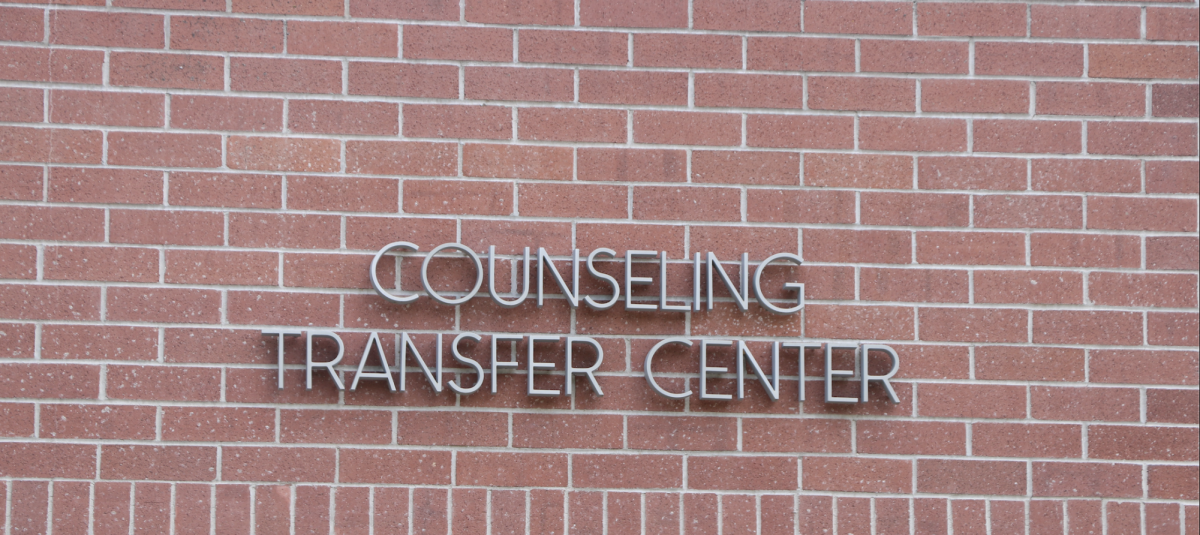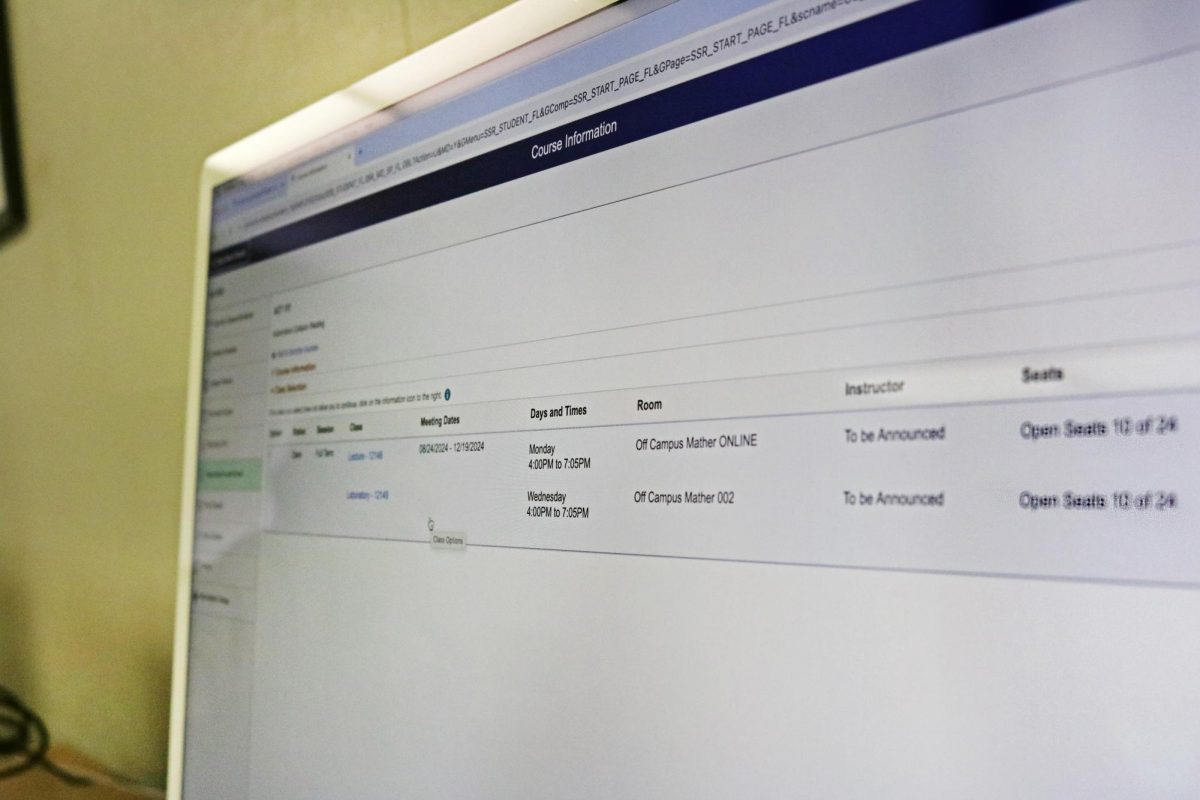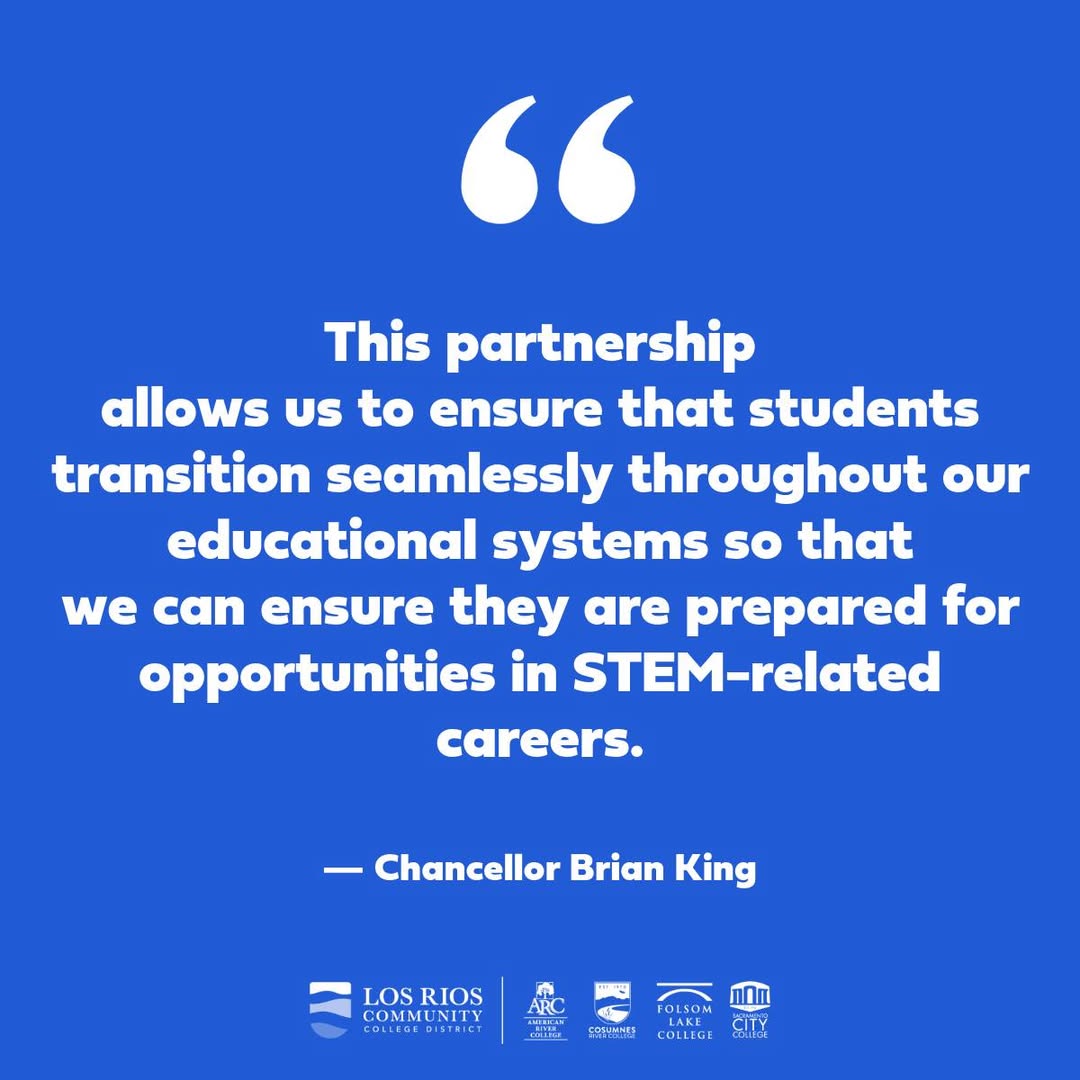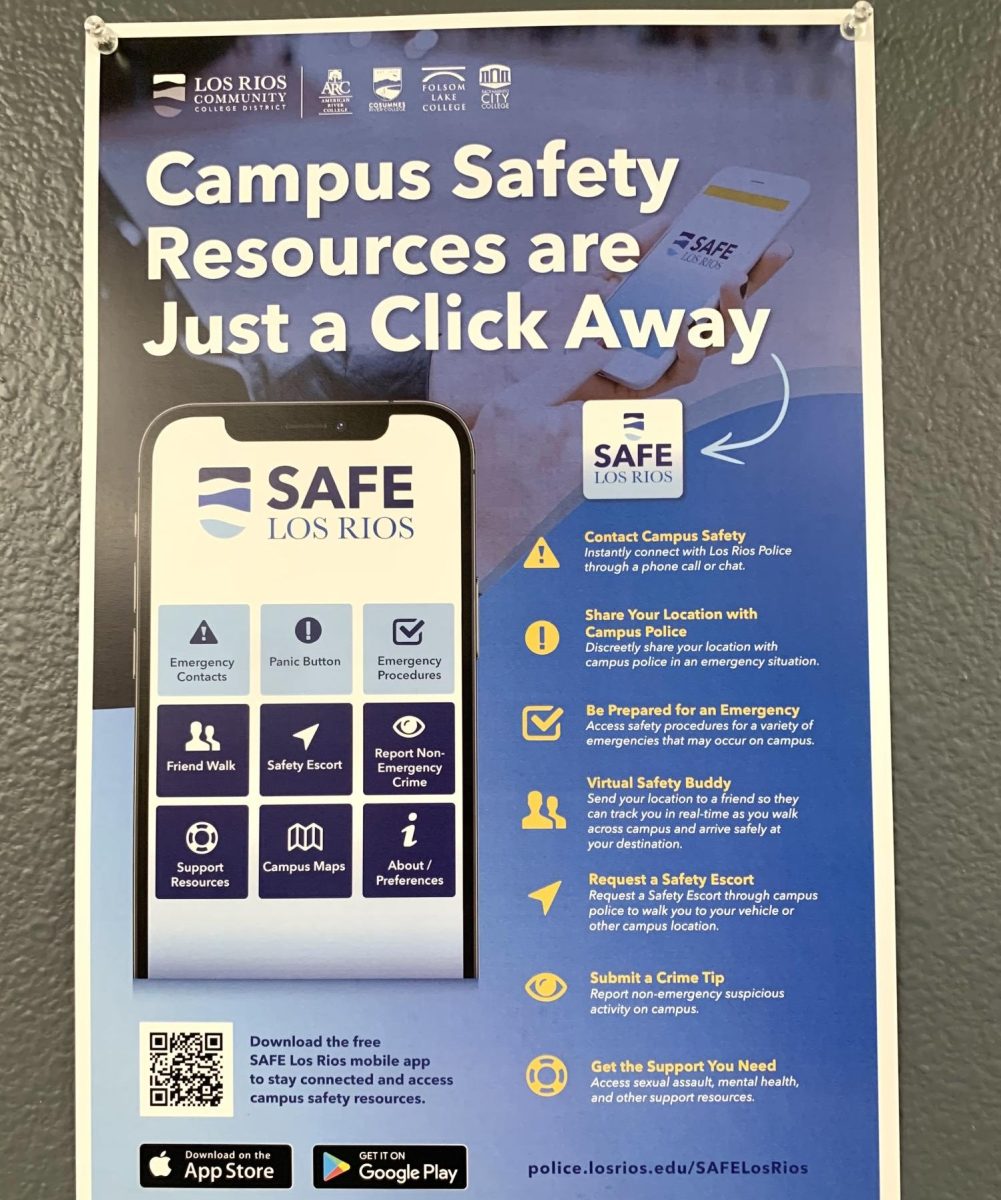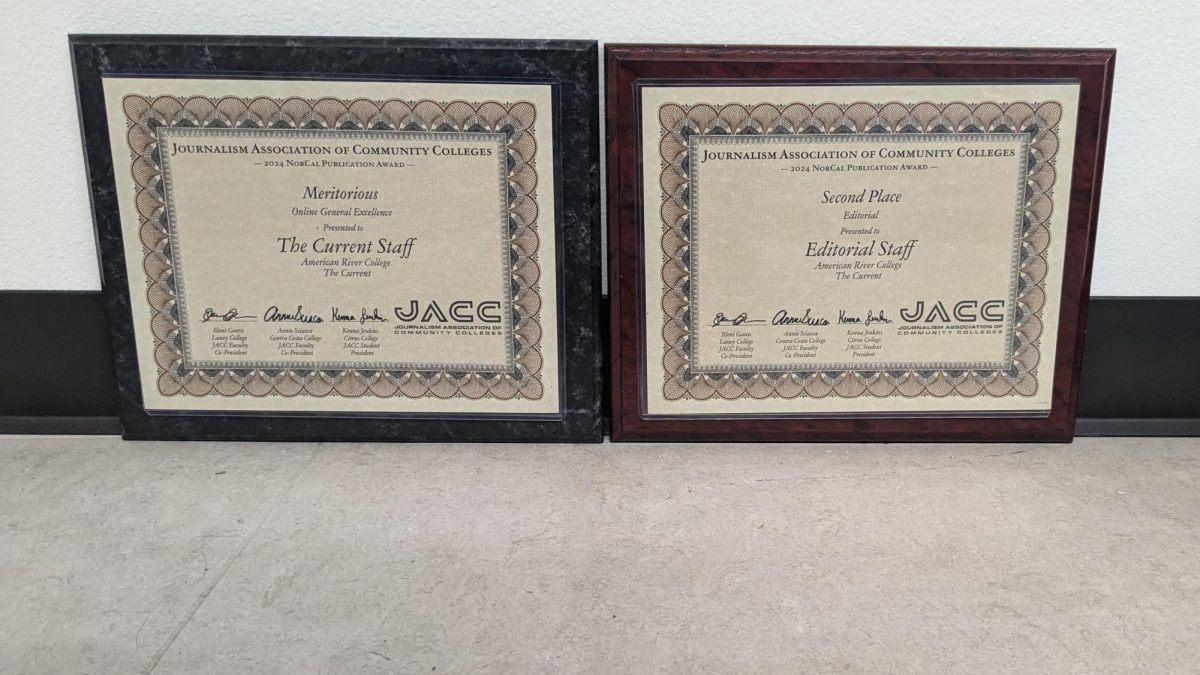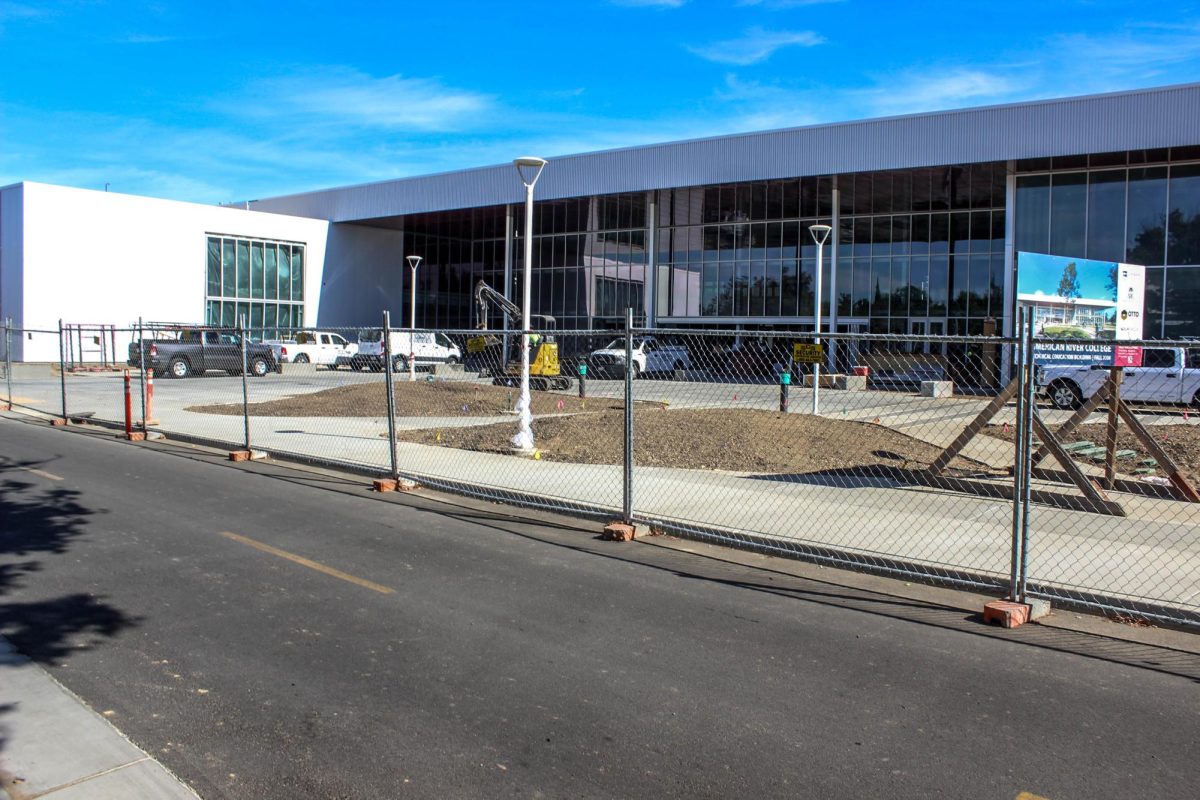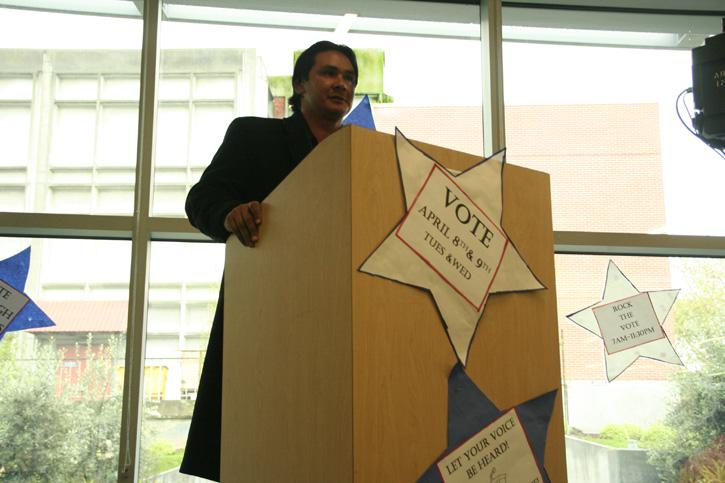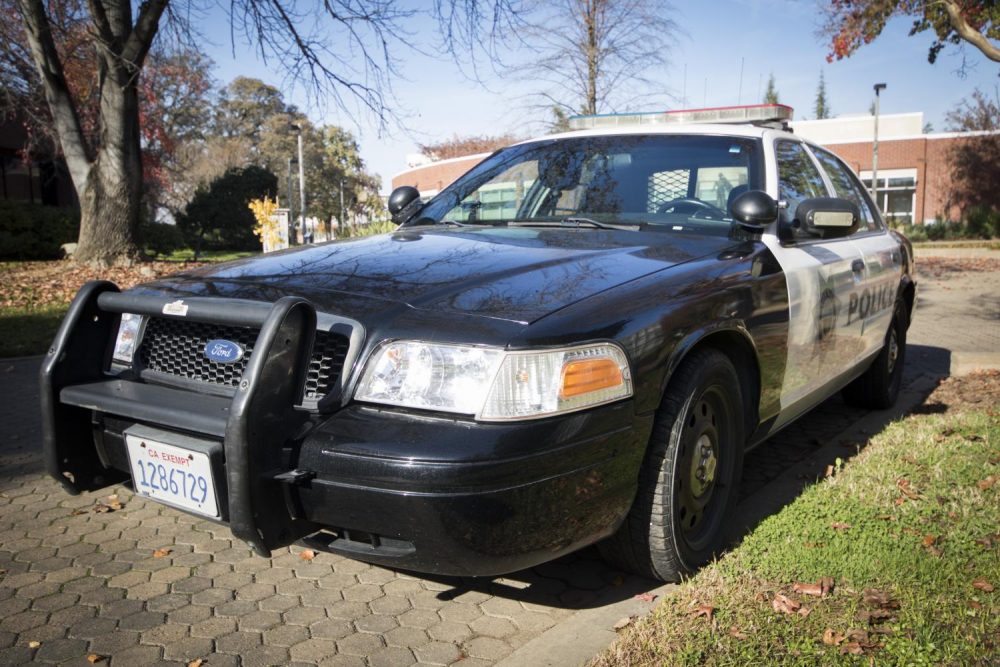American River College Students flowed to the steps of the State’s Capital to protest the costs of education throughout California Collegiate Systems.
Snare drums, chanting, colorful shirts, and signs all marked the marching of students in downtown Sacramento on Monday, March 4.
American River College students made their voices heard at the annual March in March event, along with approximately 2,000 college students from across California. The students marched from Raley Field to the steps of the capital to protest the cost of education throughout the state’s collegiate systems.
Amongst the ARC participants were Associated Student Body Senator Lori Banks and Student Senate for California Community Colleges Region II Vice-Chair Antonio Maldonado-Vega.
“I participated in the march because I believe our presence makes a difference and every body counts,” Banks said. “When we show up and march, we give a face and a voice to the issues we seek to change.”
Banks is one of the many students on campus that are feeling the pinch of unit caps and limitations to the current financial aid system. As an ASB Senator, she tries to speak out for the concerns she hears from students.
“Presence makes a lot of difference,” Banks said. “A student showing up in person with a face, a voice, and a statement makes more of an impact.”
Going into individual classrooms to talk about the event, Maldonado-Vega was among the people who began promoting it early on.
“What we hope to accomplish in the march is to simply make sure that the voice and struggles of the students are heard and that legislators put the students first when prioritizing the budget,” Maldonado-Vega said.
ARC ASB Student Senate members brought together ARC students from across the campus to participate in the event. Due to budget issues, the ASB limited the RSVP list to 100 ARC students. 73 students signed up to join the even,t with only 43 actually showing up to support the thousands of participants in the march.
Even with the small turnout, the busses that took the students to the protest were energized as they practiced the chants they would use in the march. Student leaders were excited to be able to represent ARC students.
“We want to let [legislators] know the struggles we the students face, and that they don’t forget that the state has a master plan for higher education that stood by accessibility for anyone wishing to pursue a higher education,” said Vice Chair Maldonado-Vega.
Event organizers were planning on 5,000 students from across the state participating in the event, which included speakers, various Student Senates, and Calif. Senator Noreen Evans.
“We have a problem when California, the ninth largest economy in the world, has a 9.8 percent unemployment rate,” Senator Evans said in her speech. “Enrollment at California community colleges has dropped by 500,000 since prices began increasing in 2008. This is due to the doubling of unit costs for some of the lowest-income people in California.”
Evans has introduced the California Education and Resource Reinvestment Act, SB 241, to the state legislation. The bill would have the state charge a severance tax on oil taken from the state. The fact sheet for SB 241 states that the revenue would generate approximately 2 billion dollars a year and would invest 93 percent of that money into California’s public higher education system, and the other 7 percent to the California Department of Parks and Recreation.
“California is the only state of the top 10 oil producing states in the nation that does not charge a severance tax on every barrel of oil taken from our state lands and sea bed,” Evans said.
This years march marks the second time that UC, CSU, and community colleges from across the state “united in a single action” to continue their “fight for higher education,” according to the California State Students Associations press release.
“Working together, the three higher education systems have fought tirelessly in resent years to protect out higher education systems from devastating cuts,” said SSCCC President Rich Copenhagen in the press release. “Students believe that we must continue to advocate for the preservation of Cal Grants, and reject attempts to reduce funding for students with the most need.”
Education has been considered a right in the state of CA since the original 1960 California Master Plan for Higher Education. The impact that community colleges have to the areas they serve is tremendous. By providing vocational training, associate degrees, and opportunities to transfer to four year universities, the California Community Colleges have impacted millions of Californians, including Senator Evans, who went through the system before transferring to a four-year university.
“I can tell you from the student’s standpoint that [community college] was probably the best education I received,” Evans said to The Current. “The professors are fully engaged personally with their students, and, as far as the community is concerned, the institutions provide an economic base and they train employees and future leaders in their communities.”


